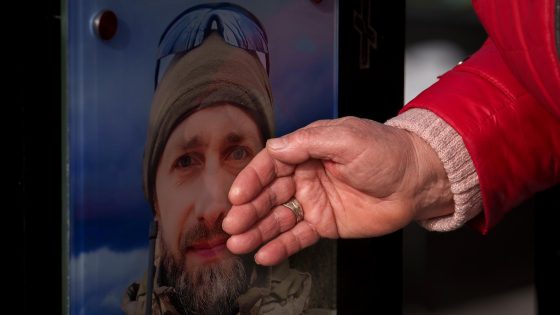When you buy through links on our articles, Future and its syndication partners may earn a commission.

An extraordinary Viking burial ground with the almost-complete skeletons of roughly 50 people has been unearthed in Denmark during preparations to lay electrical cables.
The discoveries were made near the village of Åsum on the island of Funen over the past six months by archaeologists from Museum Odense, according to a statement.
Finding any human remains from the Viking Age (A.D. 793 to 1066) is rare, in part because Scandinavian soils are acidic and don’t preserve bones well. So finding 50 burials from this time is exceptional.
“It is really unusual to find so many well-preserved skeletons at the same time as those found in Åsum,” Michael Borre Lundø, an archaeologist who worked on the dig and a Museum Odense curator, said in the statement. “This discovery offers extraordinary opportunities to perform a wide range of scientific analyses, which can reveal more about the general health, diet, and origins of those buried.”
“The analyses might even reveal whether the buried vikings were related, which would be particularly significant, as this has never been examined in similar graves,” he added.
Related: Vikings in Norway were much more likely to die violent deaths than those in Denmark




Viking graves
The Viking Age graves near Åsum date to the 900s, perhaps to when the Danish king Gorm “the Old” and queen Thyra ruled from the nearby Jutland town of Jelling. Historians disagree on where Gorm ruled, but it is generally accepted that the central island of Funen was part of his kingdom. The new finds show the importance of the region at the time, according to the archaeologists.
Gorm and Thyra were the parents of Harald Bluetooth, who became king after Gorm died in around 958, and for whom the wireless networking standard is named. Harald claimed to have converted the Danes to Christianity. But the Old Norse gods — such as Thor, Odin and Freyr — were worshipped in the Viking kingdom ruled by Gorm and Thyra.


Wealthy dead
Many of the people buried at Åsum were wealthy, their grave goods indicate. One grave, for example, features a woman buried in the distinctive cradle-like bed of a Viking wagon.
“The woman was buried in the wagon she likely traveled in,” Borre Lundø said. “She was given a beautiful glass bead necklace, an iron key, a knife with a silver-threaded handle and, most notably, a small shard of glass that may have served as an amulet.”
RELATED STORIES
—Viking Age stone figurine unearthed in Iceland — but no one can agree on which animal it is
—’Spectacular silver treasure’ from Viking Age unearthed by college student on farm in Denmark
—Viking Age ship burial may be hiding beneath Norwegian farm, iron rivets hint
The grave also contained a finely decorated wooden chest, the contents of which are still unknown, he said.
Another grave contains a three-lobed buckle made from bronze, as well as a red glass bead, hung around the deceased’s neck; an iron knife; and a small piece of rock crystal.
“Rock crystal does not occur naturally in Denmark and was likely imported from Norway,” Borre Lundø said. “Several items from the many graves in Åsum indicate that the buried Vikings were connected to international trade networks that developed during the Viking Age.”
Source Agencies


